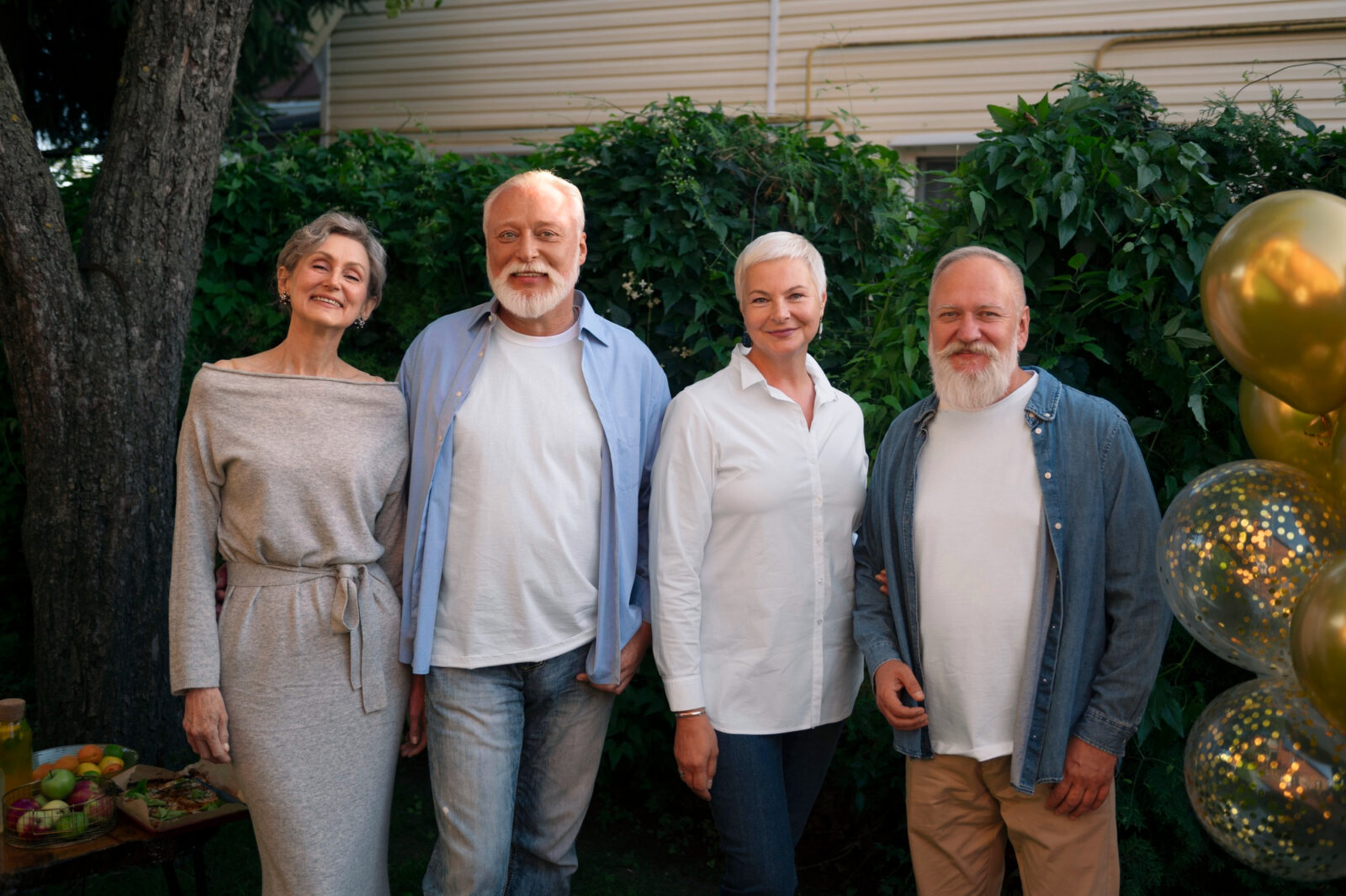
Entering your 40s often brings noticeable changes in vision, prompting many to seek out solutions like LASIK. This age marks the onset of presbyopia, where close-up vision weakens due to the lens’s reduced flexibility. However, LASIK remains a powerful option for those in their 40s, offering clear vision and freedom from glasses or contacts. In this guide, we explore how LASIK can meet the unique vision needs of those in this age group, the benefits, and the alternative options available for optimal vision correction.
Understanding LASIK and Its Benefits
LASIK, or Laser-Assisted In Situ Keratomileusis, is a highly effective procedure used to correct refractive errors, including myopia (nearsightedness), hyperopia (farsightedness), and astigmatism. By precisely reshaping the cornea, LASIK enables light to focus correctly on the retina, resulting in sharper, clearer vision.
For individuals in their 40s, LASIK offers several advantages:
- Enhanced Quality of Life: Achieve visual freedom by reducing dependence on glasses or contact lenses.
- Convenience: LASIK eliminates the daily hassle of corrective lenses, enhancing mobility and ease in physical activities and travel.
- Improved Self-Confidence: Clear vision can positively impact self-image, boosting confidence and satisfaction.
- Quick Recovery: Many patients notice significant improvement within 24 to 48 hours, allowing for minimal downtime and a prompt return to regular routines.
LASIK Candidacy in Your 40s
Contrary to the misconception that LASIK is primarily for younger patients, this procedure is increasingly popular among those in their 40s. However, there are specific considerations and requirements to ensure the best possible results.
Key Eligibility Criteria
To determine candidacy, LASIK surgeons look for the following:
Stable Vision:
Ideally, candidates should have a prescription that hasn’t changed significantly over the past year.
Healthy Eyes:
Absence of conditions like cataracts, glaucoma, or significant dry eye is essential for successful LASIK outcomes.
Understanding of Presbyopia:
As presbyopia typically begins around age 43, candidates should be aware that LASIK primarily addresses distance vision. Additional strategies may be necessary to manage near vision needs.
Vision Changes in Your 40s: Understanding Presbyopia
What is Presbyopia?
Presbyopia is a natural, age-related condition where the eye’s lens becomes less flexible, making it harder to focus on close objects. This shift in near vision often leads people in their 40s to rely on reading glasses for tasks such as reading, using a smartphone, or working on a computer. While presbyopia is not corrected by traditional LASIK, some patients benefit from specialized approaches like Monovision LASIK.
Monovision LASIK for Presbyopia
Monovision LASIK is a technique where one eye is corrected for distance vision and the other for near vision. This approach allows individuals to reduce dependency on reading glasses while maintaining distance vision clarity. However, not all patients adapt well to monovision, so thorough discussions with a LASIK surgeon are essential to assess suitability for this option.
Common Questions About LASIK in Your 40s
Is it too late to have LASIK in your 40s?
Absolutely not. Many patients in their 40s are ideal LASIK candidates. As long as you meet the basic criteria—stable vision, healthy eyes, and realistic expectations regarding presbyopia—LASIK can significantly enhance vision clarity and reduce the need for corrective lenses.


Will LASIK eliminate the need for reading glasses?
While LASIK effectively addresses distance vision, it may not eliminate the need for reading glasses due to presbyopia. However, options like Monovision LASIK or RLE can help minimize or eliminate the need for reading glasses in certain cases. Discussing these options with your LASIK surgeon will provide a tailored approach to meet your vision needs.
The Benefits of LASIK in Your 40s: Beyond Vision Correction
LASIK offers more than just clearer vision; it can positively impact various aspects of life:
- Visual Freedom: LASIK allows individuals to engage in physical activities, travel, and social events without the limitations of glasses or contact lenses.
- Financial Savings: Although LASIK is an upfront investment, it can save money over time by reducing the need for glasses, contact lenses, and vision-related accessories.
- Enhanced Lifestyle Convenience: LASIK patients often find it easier to manage everyday tasks and physical activities without corrective lenses.
Embrace Clear Vision with LASIK in Your 40s
LASIK remains a viable option for those in their 40s seeking vision correction. With advanced technologies, individualized treatment options like Monovision LASIK, and alternative solutions such as RLE, achieving clear, consistent vision is more accessible than ever. If you’re ready to explore your options, scheduling a consultation with an experienced LASIK provider can help you determine the most suitable approach to meet your unique vision goals.
In your 40s, vision correction decisions often revolve around balancing distance clarity with the emerging need for near vision support. LASIK offers a proven pathway to improved vision, reduced dependence on corrective lenses, and greater freedom in daily life. By consulting with a trusted LASIK surgeon, you can explore a tailored solution that aligns with your lifestyle and visual aspirations.
References
American Academy of Ophthalmology. (2021). What is LASIK Surgery? Retrieved from https://www.aao.org/


